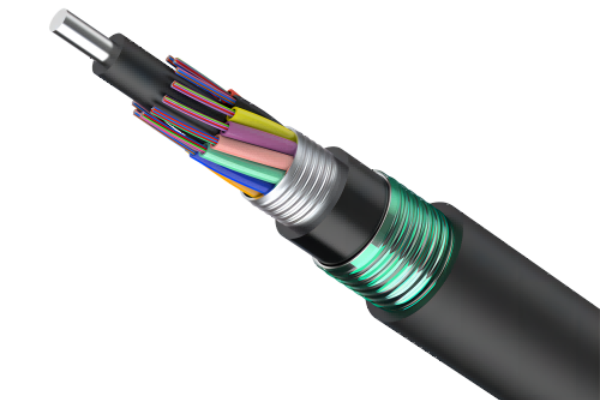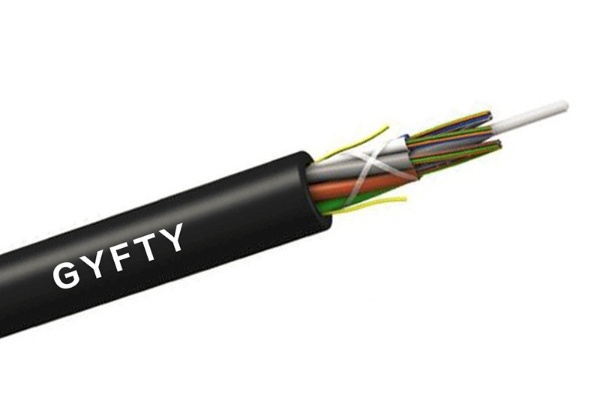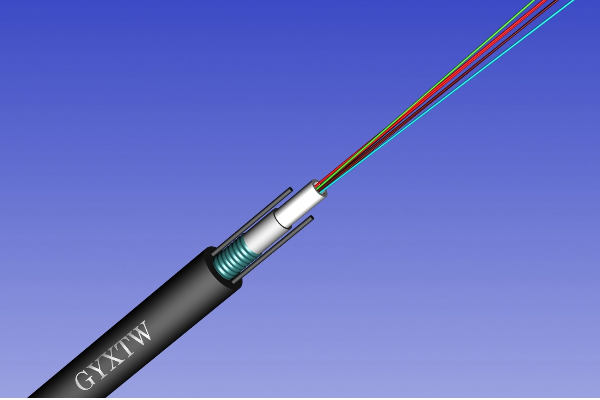In modern communication networks, the quality and choice of optical cables directly influence the stability and efficiency of data transmission. With the increase in network needs, Choosing the right cable is a challenge that communication engineers have to face. The Gyta53 and the Gyty53 are two shielded cables commonly used on the market, each with its own advantages and disadvantages in terms of design, performance and applications. This article explores the differences between these two cables to help readers make a more informed choice according to real needs.
Armored fiber optic cable
Details of GYTA53 fiber optic cable
Optical cables play a crucial role in modern communications. They constitute the infrastructure for the transmission of high -speed data. Gyta53 optical cable is a high performance cable designed for difficult environments, widely used in various communication networks. This article presents in detail the structure, Performance characteristics, Application scenarios, Installation and maintenance methods, as well as common problems and their solutions concerning the Gyta53 cable.
What is armored fiber optic cable ?
Armored fiber optic cable is a type of cable with a protective metal sheath. This protective sheath is generally composed of steel strips or wires. Its main function is to improve the mechanical strength and compression capacity of the cable. This allows its use in harsh environments, such as underground installations, mines and tunnels. Armored cables effectively protect against external physical damage. They also increase protection against rodents. This ensures the stability and reliability of the optical fiber under various complex conditions. Armored cables are widely used in applications requiring high strength and high security, such as long distance communications, industrial control and the energy industry.
Armed optical fiber cables : structure, type et application
Introduction
As part of the rapid development of modern communication technologies, Optical fiber cables have become the main means of transmission of large amounts of data. However, in many environments, Optical cables must bear additional mechanical pressure and environmental challenges, thus requiring specially designed and reinforced optical fiber cables. This article explores the structure of armed optical fiber cables in detail, Common international models, application scenarios and their advantages, By particularly emphasizing the unique characteristics of ZMS armed fiber cables.




